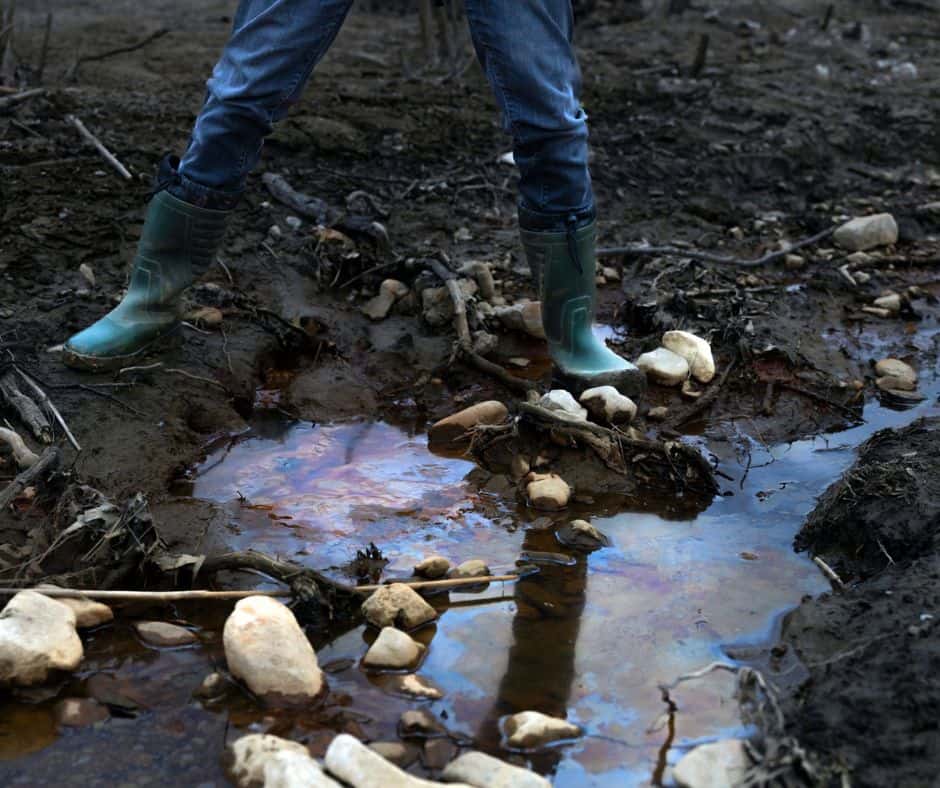We often think of latent defects as structural problems that are hidden within a building itself. But as any developer who has to deal with issues concerning contaminated land will tell you, it’s not a problem that stays underground for long.
While most developers should undertake due diligence to check with the relevant planning authorities that the land chosen to build on isn’t contaminated, what if, despite your all your best efforts, contamination rears its ugly head down the line?
If you discover contamination after you start building, you are responsible for the expenses to remediate the land. Despite the fact that whoever caused the contamination should be responsible for footing the bill, it can be difficult to locate them.
That’s where having Latent Defect Insurance can prove to be a wise decision. Yes, you’ll be rectifying the issue, but it won’t land you in financial ruin.
Let’s look at what contaminated land is, its consequences, and the steps you can take to get insurance cover against latent defects like this.
If you’d like a general overview about latent defects first, you’ll find that covered in this article here.
Contaminated land and its impact
Contaminated land presents a big problem if discovered in the post-construction phase. Such land, tainted with heavy metals or residues from past industrial activities, presents not only health and environmental concerns but also significant financial implications. Historical uses of the land, such as industrial activities or military bases, often leave traces that can jeopardise a project’s success.
A developer’s responsibility extends beyond construction. They are tasked with the crucial role of identifying and rectifying land contamination. Ignoring or missing these issues can be costly, with remediation costs potentially escalating into millions. For instance, dealing with contaminants like solvents or hazardous gases can require advanced technology and extended timelines, further amplifying costs.
That’s why Latent Defects Insurance (LDI) is vital. LDI provides coverage for damages caused by defects in design, workmanship, or materials. Given that a typical LDI policy spans 10 years, and sometimes even 12, it provides a long-term safety net for property owners against latent defects.
Should a contamination-related defect become apparent post-completion, this insurance can cover costs such as remediation, loss of rent, and even alternative accommodation, depending on the policy specifics.
Remember too that real estate located on or near contaminated sites can see devaluation, making it harder for owners to resell or refinance. With properties being large-ticket items, even a 5-10% devaluation can translate to substantial financial losses.
In securing the right insurance, you not only safeguard your investment but also enhance property’s appeal to potential buyers. Always keep in mind that mortgage lenders often require structural defects insurance for properties under ten years old before they’ll give credit.
A comprehensive LDI policy has a dual advantage: it’s a protection against unforeseen costs and a compelling selling point.
Insurance solutions for developers
The aim for most developers would be to mitigate any risks posed by latent defects including contaminated land. As we’ve discussed, securing the most appropriate insurance, brokered by specialists like BuildSafe, is an indispensable shield for developers. Our consultants specialise in tailoring bespoke solutions to meet the unique needs of each project.
We routinely deal with builders on projects ranging in scale from £200,000 to £100,000,000 and our team has vast experience in all kinds of development types. With BuildSafe on board, developers don’t just gain an insurance service, they get a trusted partner dedicated to keeping them on safe ground.
Click here to get a free, no obligation quote, or phone BuildSafe today on 020 3701 0422 to talk with our friendly customer service team.







